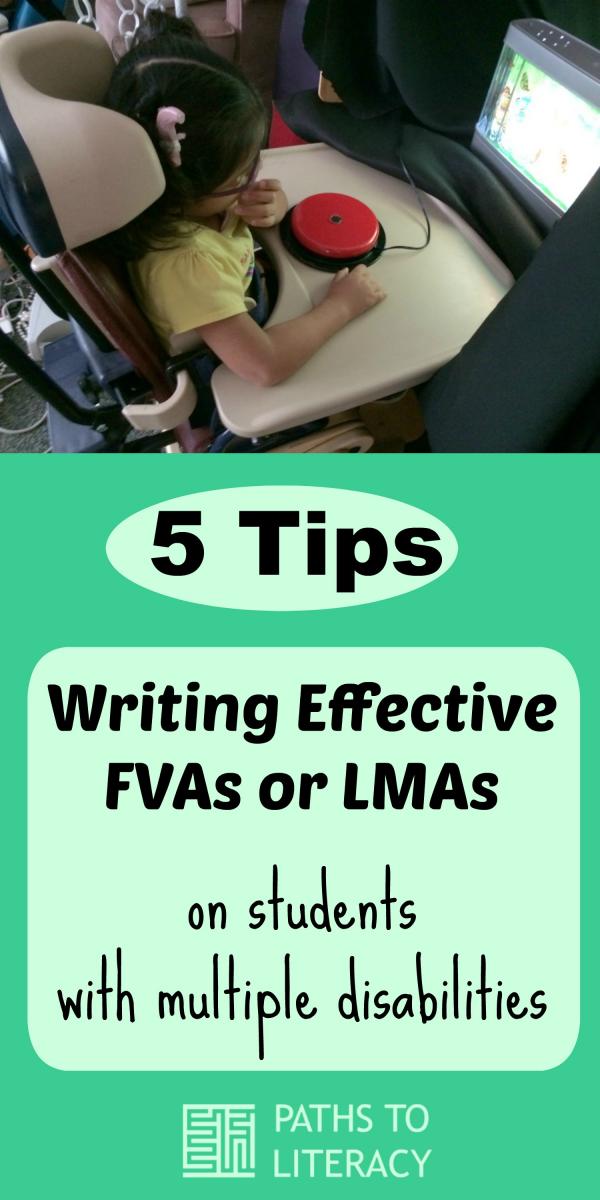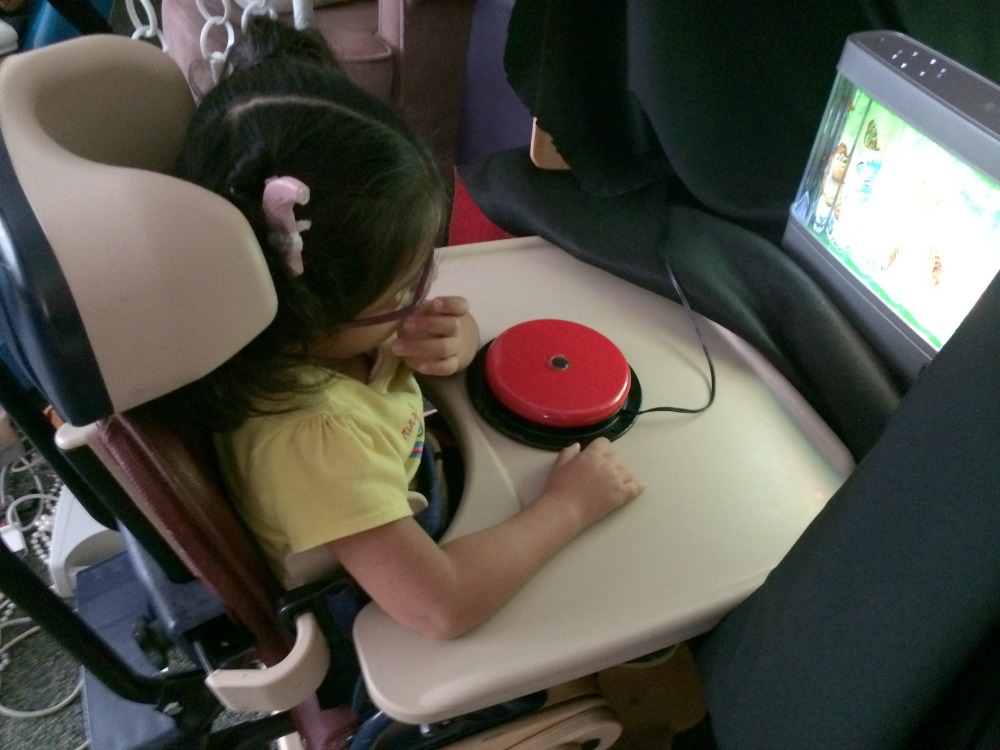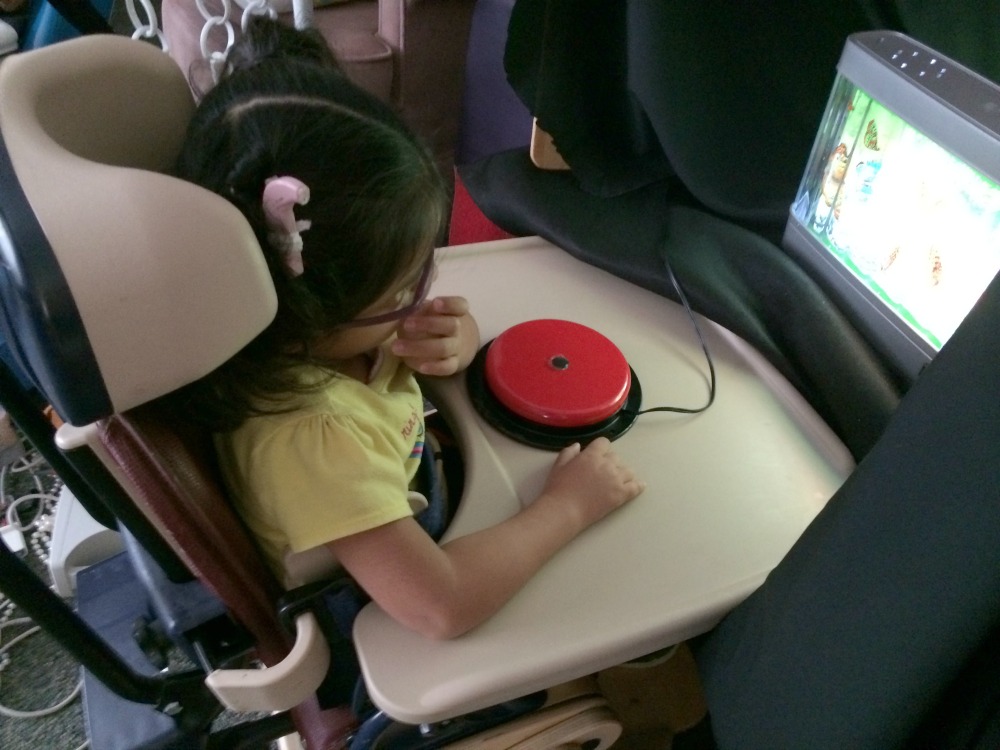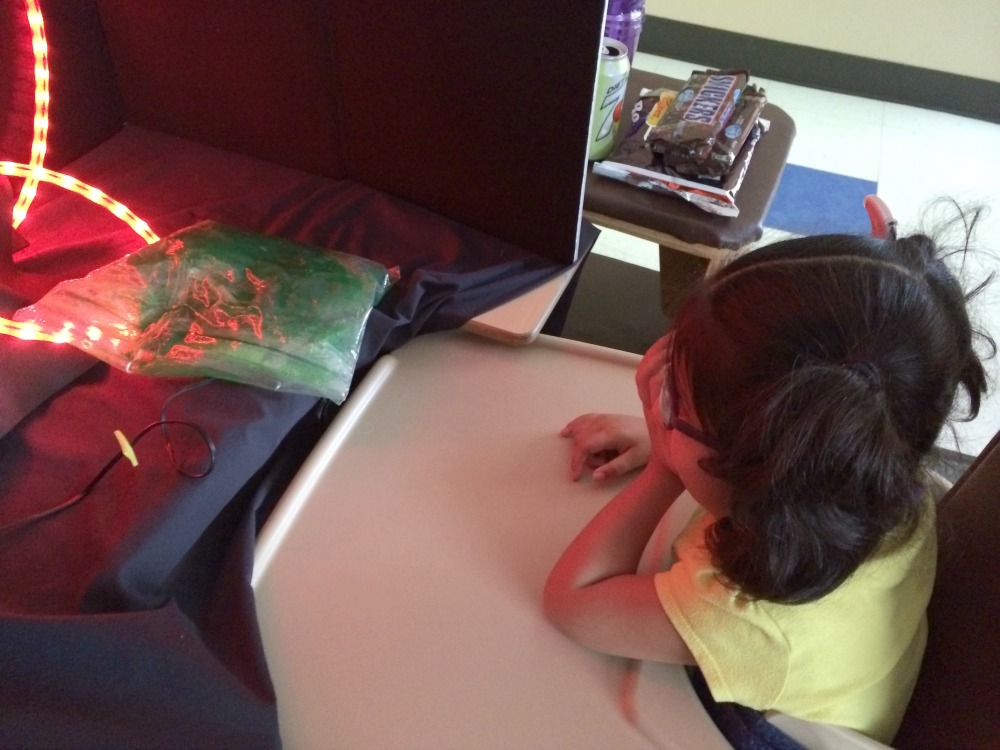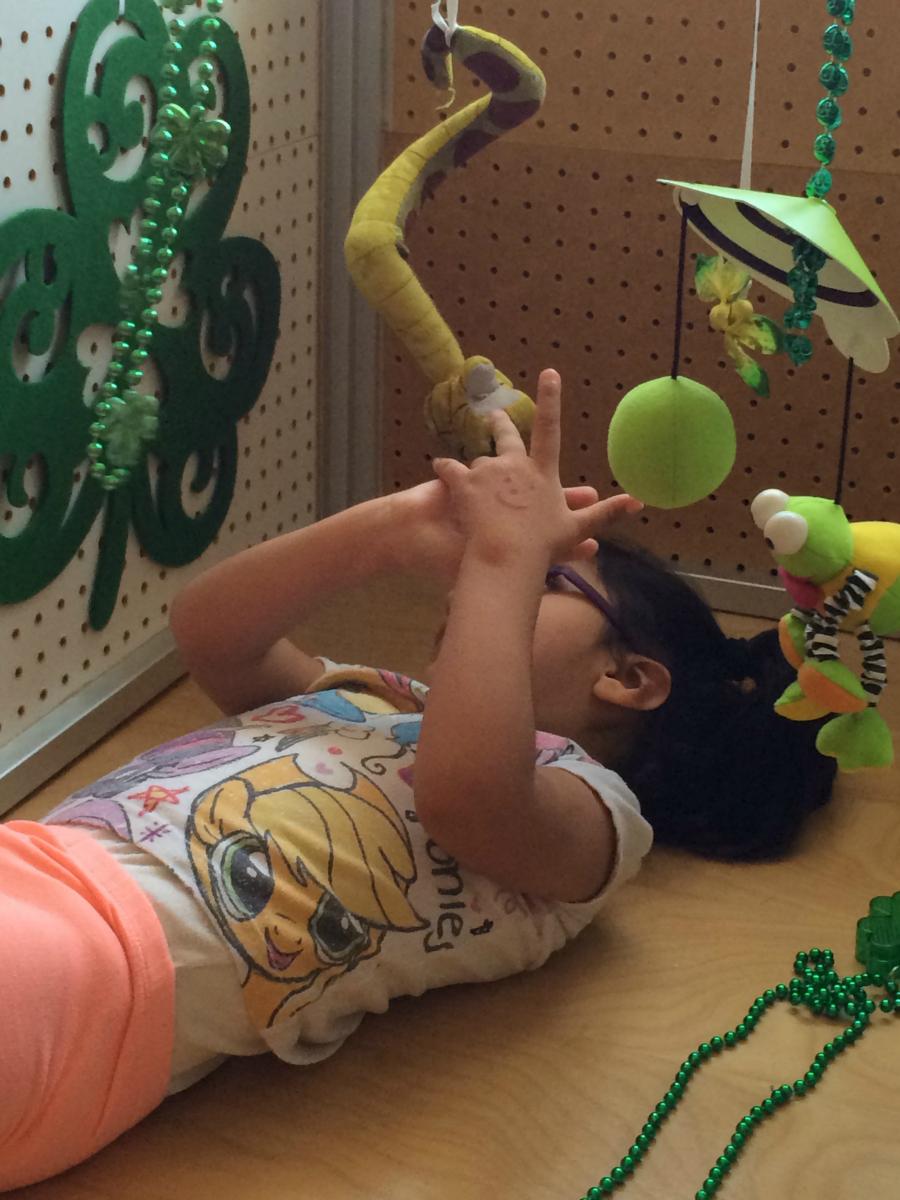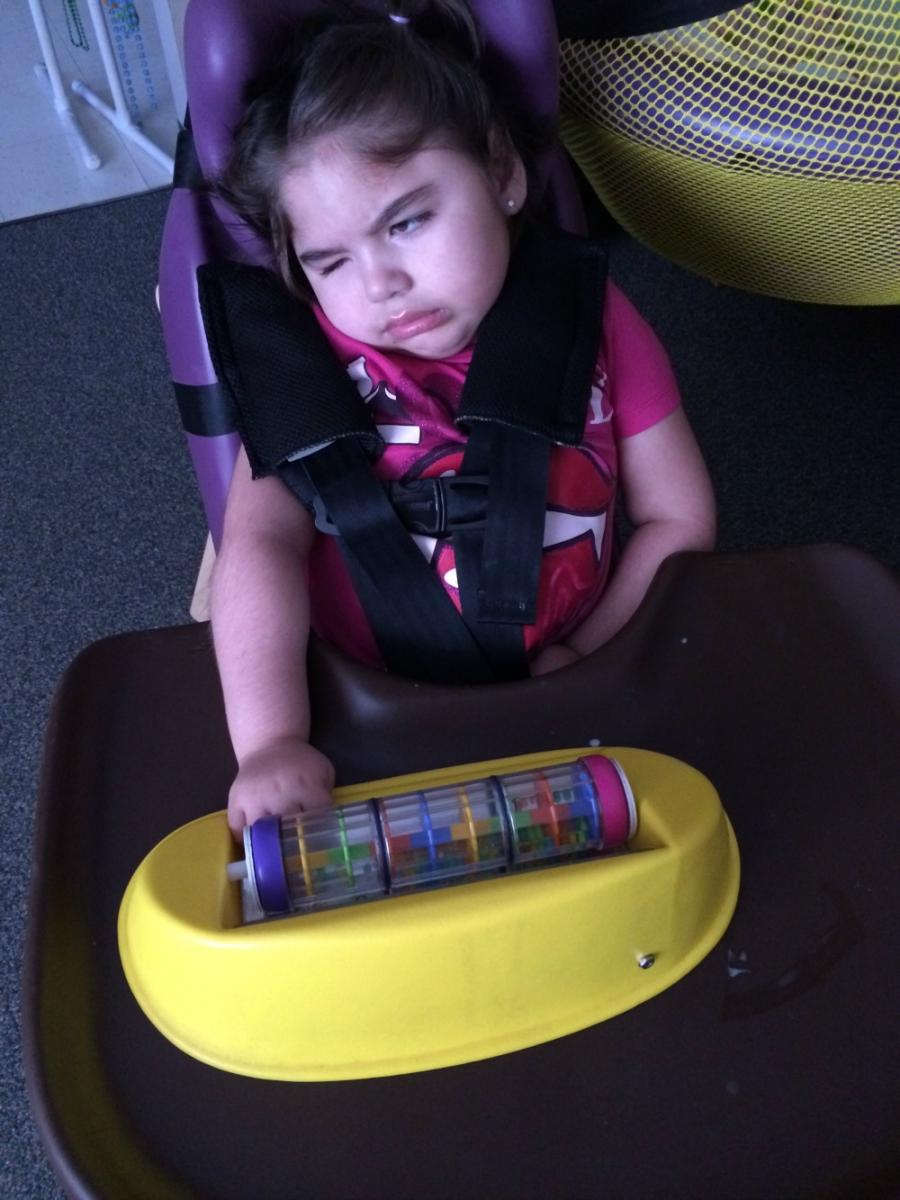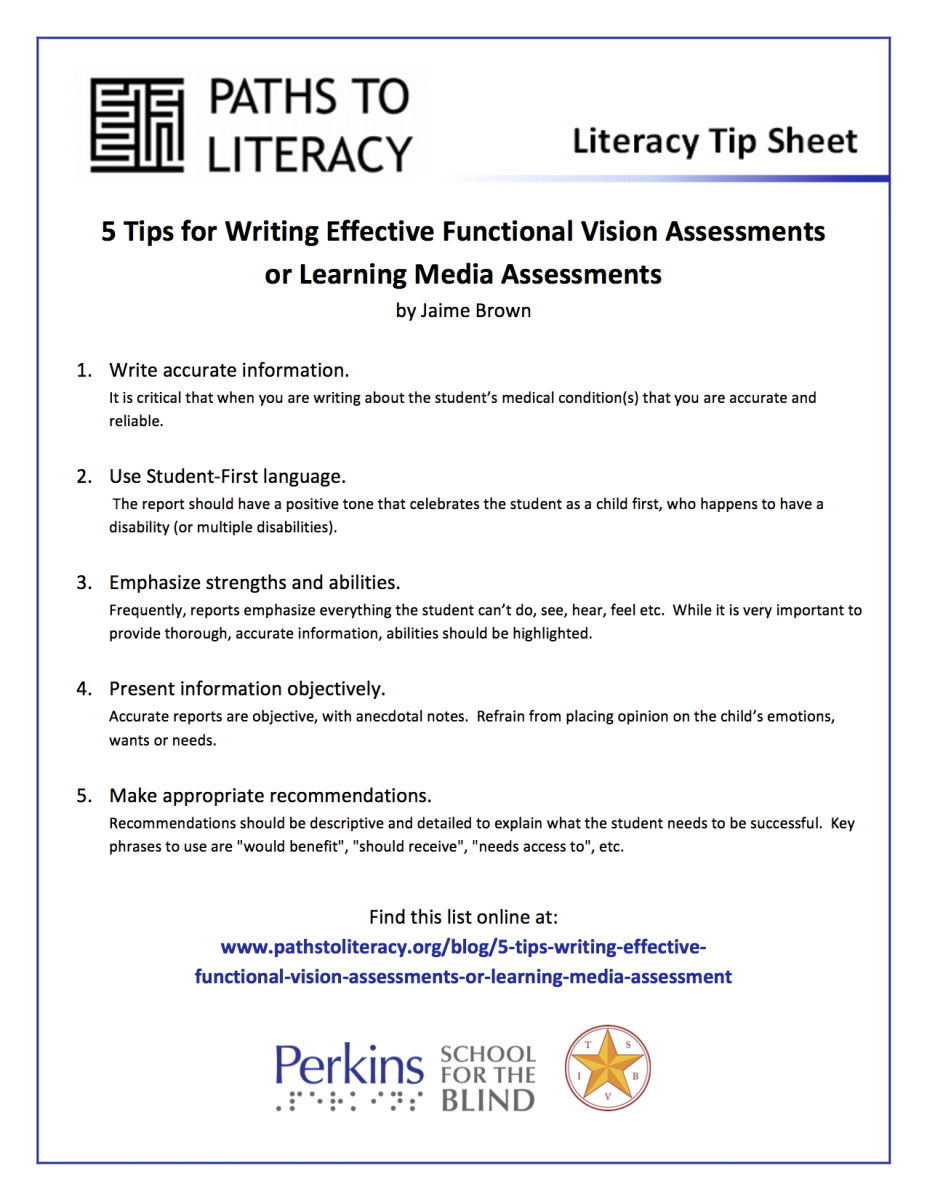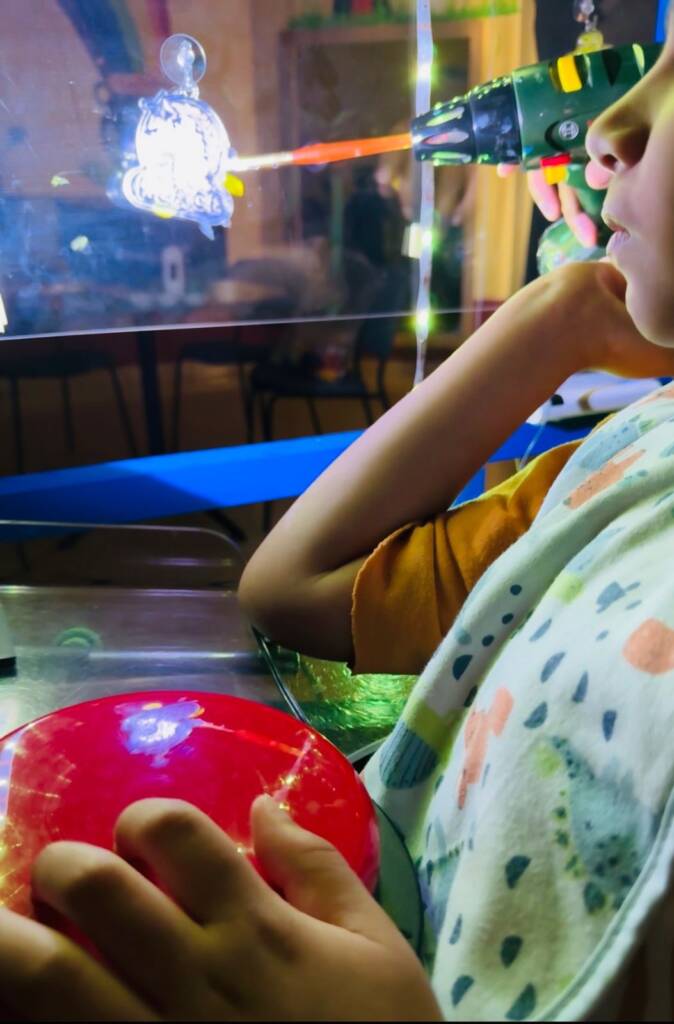Write accurate information
It is critical that when you are writing about the student’s medical condition(s) that you are accurate and reliable. Refrain from copying from last year’s report or IEP. Errors could be in the previous reports and shouldn’t be continued. The student’s eye conditions should be written from the doctor’s eye report. Cite your source, e.g.: “Dr. Smith, a pediatric ophthalmologist, saw Stephanie on January 15, 2015. He lists his diagnosis as Optic Nerve Hypoplasia.” Include all pertinent information that the doctor noted on his/her report. If you can’t read the doctor’s handwriting, or don’t understand any abbreviations, call the office for clarification. When you write about other medical diagnoses, it is critical you include the source. If you don’t have medical records and the parent told you their child’s diagnosis, it is appropriate to write “per parent report, Stephanie has been diagnosed with autism.” FVAs and LMAs become a part of the student’s file and will follow them from school to school. They should be accurate for the benefit of the student and their educational setting. Parents should be able to trust that their child’s report truly represents their child’s needs and diagnosis.
Use Student-First Language
Typically, FVAs begin with background and medical information to describe the student. The report should have a positive tone that celebrates the student as a child first, who happens to have a disability (or multiple disabilities). All reports should always include student-first language. When describing a student, the first adjectives should be positive and informative. Use objective descriptions when writing about the student. The student’s disability should be described second; even preferably third. The disability should never define the student. Avoid using adjectives such as “smart”, “beautiful”, “adorable”, etc. Although our students are beautiful, the FVA isn’t the appropriate platform to discuss this. Appropriate, positive examples are “Sam is an energetic, talkative third grader. He has been diagnosed with Retinitis Pigmentosa.” “Jennifer is a motivated learner who engages with familiar people. She has been diagnosed with Cortical Visual Impairment, cerebral palsy, and seizures.” Inappropriate describing sentences would be” Sam is a blind 9 year old”, or “Jennifer is a severely disabled kindergartner.” Student-first language should be used throughout the report.
Emphasize Strengths and Abilities
Frequently reports emphasize everything the student can’t do, see, hear, feel etc. While it is very important to provide thorough, accurate information, abilities should be highlighted. The educated reader and parent can understand that when the report states “Keisha is beginning to touch braille” that she isn’t a fluent braille reader. The report doesn’t need to then state; “Keisha can’t read braille, or Keisha isn’t reading braille”. The next sentence after “Keisha is beginning to touch braille” could be “she is ready to trace lines of braille”. Under each area of the report, it should state what the student can do, and then explain what the student is ready to learn, (or skills needed to learn to compensate for a lack of vision or visual skill). This continues a positive tone, while focusing on strengths and abilities.
Present Information Objectively
Accurate reports are objective, with anecdotal notes. Refrain from placing opinion on the child’s emotions, wants or needs. For example, when describing the student’s primary learning channel, anecdotal information is critical. A strong anecdotal record would describe the child’s behavior and their sensory response to the environment. “Kaitlyn was lying on her back in the little room. There were six red, reflective objects hung from the top of the room. Kaitlyn reached up with her left hand and touched the bells with her fingers for three seconds. She put her hand down and then reached up again, not touching any objects. Kaitlyn turned her head to the right, reached up with her right hand and played with the red pom-pom. Kaitlyn lowered her hand and fixated on the pom-pom moving for 5 seconds”. A non-anecdotal, subjective record would read: “Kaitlyn played in the little room. She was very excited to touch the bells and the pom–pom. Kaitlyn played with her favorite toys. She had a good time.” The difference between the two pieces of documentation is in the detail and objectivity. The first describes exactly what Kaitlyn did in the Little Room. The second places assumed emotion on Kaitlyn and her intent during the activity. Be objective: the reader needs to know how the student is using their senses so he/she can appropriately plan lessons and the environment.
Make Appropriate Recommendations
Recommendations should be descriptive and detailed to explain what the student needs to be successful. Key phrases to use are “would benefit”, “should receive”, “needs access to”, etc. Here are some examples:
- Emily would benefit from the use of an invisiboard when presenting visual materials. The materials should be the same color and size, or two contrasting colors.
- Emily would benefit from the use of a lap tray to increase her ability to reach and use her hands. Her head and neck should be supported to optimize the use of her vision.
- Emily should receive verbal descriptions of the materials and the activity before it begins.
- Emily needs access to real objects and manipulatives when presenting new topics and information. She would benefit from the opportunity to explore the object as a part and as a whole (such as a real apple to touch and explore when learning about apples).
The recommendations should be specific enough that the new teacher can implement them easily without question. It is also helpful to attach pictures of the recommendations, equipment and materials the student needs or will need.
By following these ideas, FVAs/LMAs effectively detail the student’s strengths and needs in a positive, professional manner. Parents and educational team members will have a concise, descriptive report of the student’s abilities.
